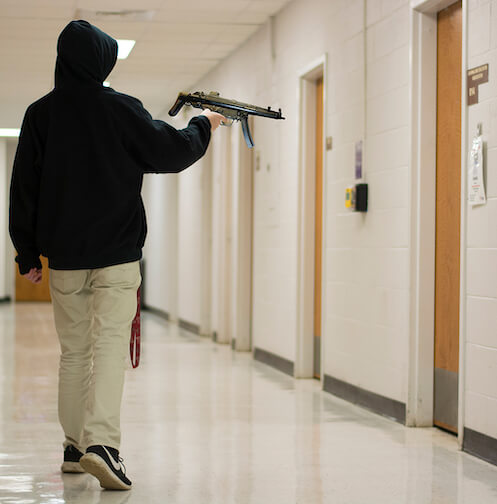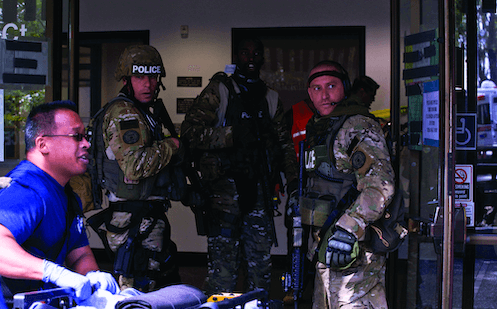

In an active shooter situation, having a well-trained and coordinated tactical response team can make all the difference in minimizing casualties and resolving the situation as quickly as possible. So, who should be part of a tactical response team, and what roles do they play? In this blog post, we will explore the key personnel that should be part of a tactical response team for an active shooter situation and their roles.
Firstly, law enforcement officers are typically the first responders to an active shooter situation and play a critical role in neutralizing the threat. They are trained to locate and engage the shooter, secure the area, and assist victims. Law enforcement officers should have specialized training in responding to active shooter situations and be equipped with appropriate protective gear and weapons.
Secondly, medical personnel, such as paramedics and EMTs, are an essential part of a tactical response team. They provide vital medical care to victims of an active shooter situation, including triage, initial stabilization, and transportation to medical facilities. Medical personnel should also receive specialized training in responding to an active shooter situation and be equipped with appropriate medical supplies and equipment.
Thirdly, communication specialists play a crucial role in keeping everyone informed and coordinated during an active shooter situation. They help to establish communication between different teams, provide updates to law enforcement and medical personnel, and relay critical information to the public and media. Communication specialists should have experience in emergency communication and be trained to handle high-pressure situations.
Fourthly, security personnel, such as private security officers or on-site security staff, can play a role in preventing an active shooter situation from escalating. They can assist law enforcement in securing the area, evacuating civilians, and providing additional support during the response. Security personnel should also receive specialized training in responding to an active shooter situation and be equipped with appropriate protective gear and weapons.
Finally, organizational leaders, such as executives or managers, should be part of a tactical response team to provide leadership and support during an active shooter situation. They can help coordinate the response efforts, communicate with staff and stakeholders, and assist with the aftermath and recovery. Organizational leaders should also receive specialized training in responding to an active shooter situation and be prepared to take on a leadership role during a crisis.
In conclusion, a well-coordinated tactical response team for an active shooter situation should include law enforcement officers, medical personnel, communication specialists, security personnel, and organizational leaders. Each member of the team plays a critical role in responding to an active shooter situation, from neutralizing the threat and providing medical care to communicating with different teams and providing leadership and support. By having a trained and coordinated tactical response team in place, organizations can be better prepared to respond to an active shooter situation and minimize the impact of such a tragic event. Contact the security consultants at Global Security Group to create your active shooter response plan and begin putting your tactical response team together today.
links
Our Services
Contact Us